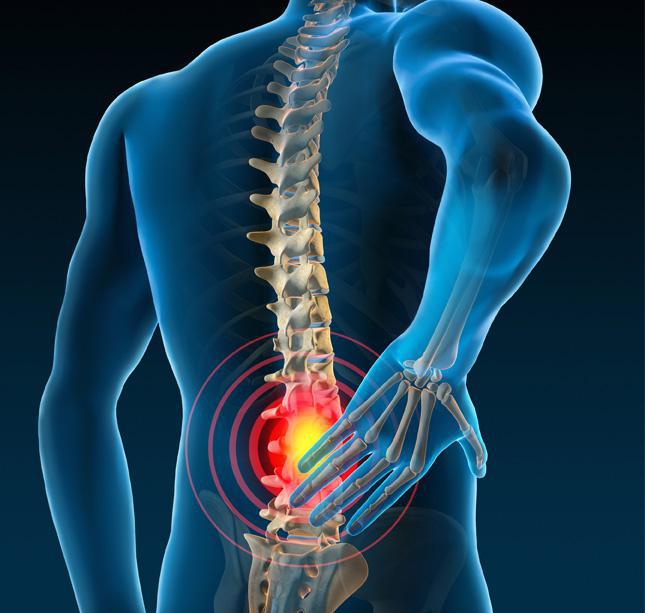Spinal cord stimulation is a medical procedure that uses low-level electrical impulses to manage chronic pain by delivering them to the spinal cord. A small system sends signals that may alter how pain is perceived. The process progresses in stages, from evaluation through potential implantation, and involves planning, short trials, and fine-tuning of device settings. The following steps show what many patients may experience as they progress from their first visit to follow-up:
Initial Consultation
At your first visit, you may meet with a pain specialist to review your medical history and prior treatments, and discuss your goals. They may order imaging, lab work, or psychological screening. This helps align expectations and identify any risks. You can receive an overview of device types, battery options, and how leads interact with the epidural space. If you take blood thinners or have an active infection, the timing and preparation may need to be adjusted. Some patients also speak with a device representative for technical details. Following this review, surgeons either implement changes or choose an alternative path due to safety concerns.
Spinal Cord Stimulator Trial
The spinal cord stimulator procedure typically begins with a trial, which helps assess whether the therapy aligns with your goals. Under local anesthesia with light sedation, the surgeon places thin leads through a needle into the epidural space while imaging guides the position. During several days, track changes in activity levels, sleep patterns, and medication use, and note any unusual sensations. Simple daily notes make follow-up more precise, while scheduled check-ins let the team adjust settings. If the trial aligns with the plan, the surgeon discusses the following steps; if not, the process typically stops, and alternatives are reviewed.
Components Are Implanted
If you proceed, the permanent system will be placed during an outpatient procedure. The procedure differs by device model, but it typically includes:
- Lead placement through a needle or a small incision, guided by fluoroscopy.
- Creation of a pocket under the skin for the internal pulse generator, often in the buttock or abdomen.
After placement, the surgeon typically connects the leads to the generator, tests system integrity, and closes the incisions with sutures or adhesive strips. You may receive instructions on incision care, activity limitations, and charging procedures if the device features a rechargeable battery. Early days focus on healing. A programmer visit may follow, during which stimulation parameters are adjusted to match coverage goals while minimizing unwanted sensations.
Lead Wires Removed if Necessary
Not every trial proceeds to a permanent implant, and some permanent leads may require revision later due to movement, discomfort, or hardware issues. If a trial does not meet predefined goals, the surgeon removes temporary leads in the clinic by gently pulling at the dressing site, and the skin is cleaned and covered. When permanent leads need attention, imaging identifies the issue, and a revision or removal is scheduled in a controlled setting. Decisions rely on clear documentation of symptoms, device diagnostics, and your functional targets.
Try Spinal Cord Stimulation
If you are exploring spinal cord stimulation, start with an informed conversation and a structured plan. Gather your medical records, list current medications, and outline prior procedures. Ask about trial length, activity restrictions, battery type, charging routines, compatibility, and follow-up schedules. Bring a short pain and activity diary to each visit, as it supports precise programming. To take the next step, contact a pain specialist experienced with spinal cord stimulation and request an evaluation to review whether this process fits your medical history and objectives.

